Picture this: you’re holding a 400-million-year-old shell fossil in your hands, marveling at its intricate patterns and ancient beauty. But what if I told you that this fossil isn’t just a preserved remnant of one creature’s life – it might actually be an entire apartment complex for dozens of other species? The fossil record holds secrets that go far beyond single organisms, revealing complex ecosystems where death becomes the foundation for new life, and ancient shells transform into bustling neighborhoods for creatures we’re only beginning to understand.
The Hidden World Inside Ancient Shells

When marine creatures like brachiopods, mollusks, and corals died millions of years ago, their shells didn’t simply become empty monuments to their existence. These calcium carbonate structures became prime real estate in prehistoric oceans, attracting a diverse array of smaller organisms looking for shelter, protection, and a place to call home.
Scientists have discovered that fossilized shells often contain the preserved remains of multiple species that moved in after the original inhabitant died. These “cryptic fossils” – hidden within larger specimens – represent some of the most fascinating examples of ancient recycling in nature. Think of it like finding a time capsule inside another time capsule, each layer revealing new stories about prehistoric life.
Bryozoans: The Ultimate Fossil Squatters

Among the most common tenants of fossilized shells are bryozoans – tiny colonial animals that created intricate, lace-like structures inside empty shells. These “moss animals” were master opportunists, quickly colonizing any available hard surface in ancient seas. When you examine a fossil under magnification, you might spot their delicate, branching patterns covering the interior walls like prehistoric wallpaper.
What’s remarkable about bryozoans is how they transformed empty shells into thriving communities. Each colony could contain thousands of individual animals, called zooids, working together like a microscopic city. Their fossilized remains tell us about ancient ocean conditions, water quality, and even seasonal changes that occurred millions of years ago.
Borers That Turned Shells Into Swiss Cheese
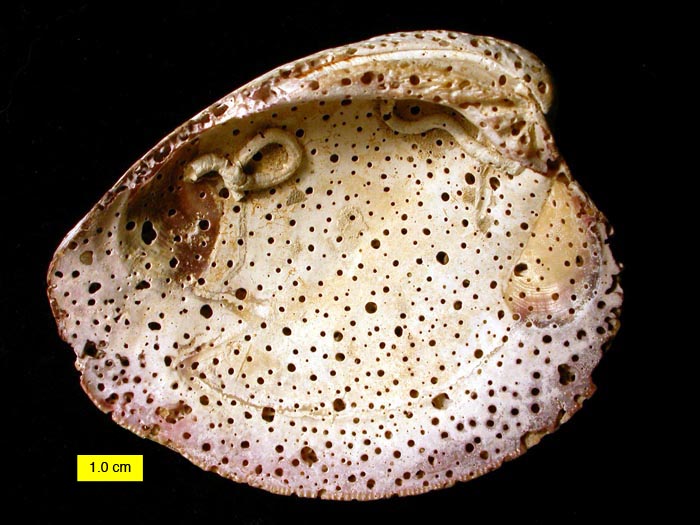
Not all fossil inhabitants were polite tenants – some were destructive borers that literally ate their way through shell walls. Clionid sponges, marine worms, and various microorganisms created intricate tunnel systems throughout fossilized shells, leaving behind trace fossils that look like tiny subway networks carved in stone.
These boring organisms weren’t just causing damage for fun – they were breaking down calcium carbonate to use for their own shell-building needs. The holes they left behind, called Trypanites and Gastrochaenolites, are so distinctive that paleontologists can identify the specific types of borers responsible, even when the actual organisms haven’t been preserved.
Microbial Mats: The Foundation of Fossil Communities
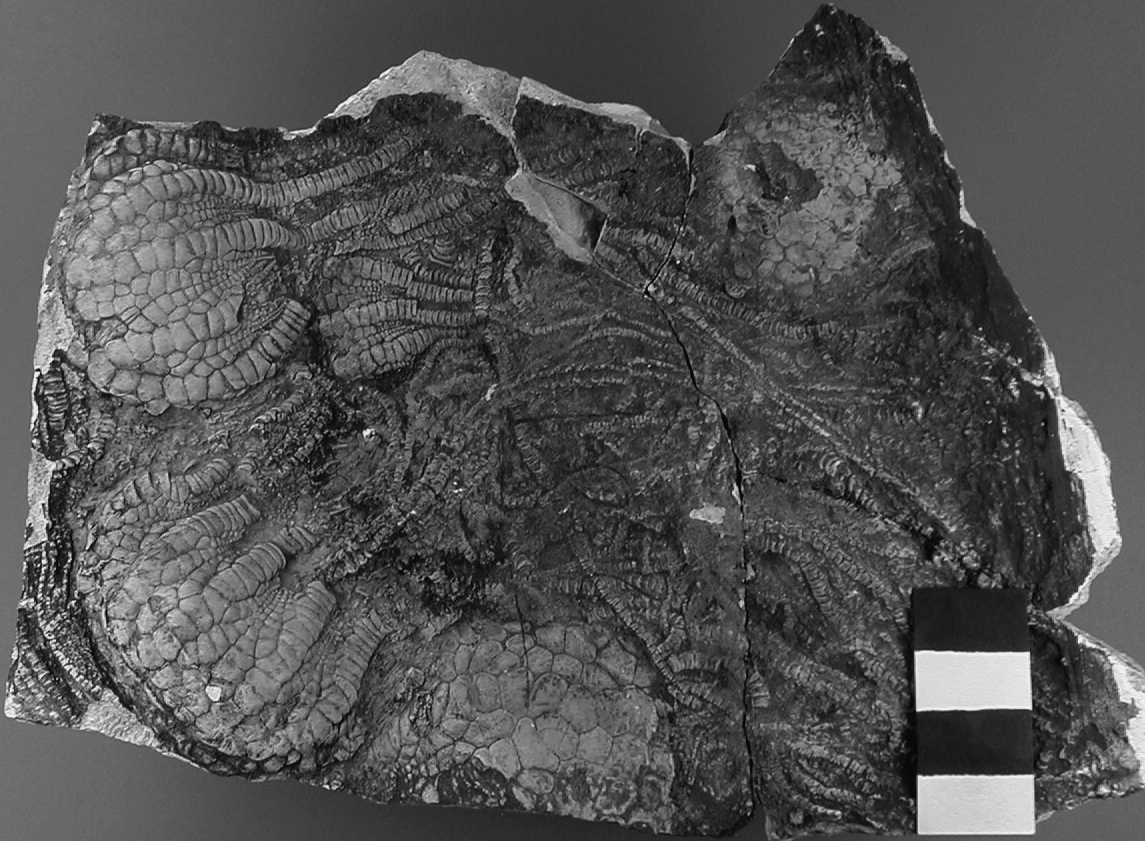
Before larger organisms could move into fossilized shells, microscopic communities often established themselves first. Bacterial and algal mats created biofilms on shell surfaces, fundamentally changing the chemical environment inside these ancient homes. These microbial communities could influence everything from pH levels to oxygen content, determining which species could successfully colonize the space.
The preserved remains of these microbial mats appear as thin, dark layers in fossil cross-sections. They represent some of Earth’s earliest ecosystems and show us how life finds a way to thrive in even the smallest spaces. Modern research techniques like electron microscopy have revealed the incredible diversity of these microscopic fossil communities.
Serpulids: Worm Tubes as Fossil Apartments

Serpulid worms were among the most successful fossil home builders, creating spiral calcium carbonate tubes that often became attached to or embedded within larger shell fossils. These tube-dwelling worms were like ancient architects, constructing elaborate coiled structures that could persist long after their original inhabitants died.
What makes serpulid fossils particularly fascinating is how they often formed multi-generational communities. New worms would build their tubes on top of older ones, creating towering structures that provided homes for multiple species over thousands of years. These fossilized worm condominiums give us insights into ancient marine ecosystems and the complex relationships between different species.
Foraminifera: Single-Celled Architects in Fossil Shells
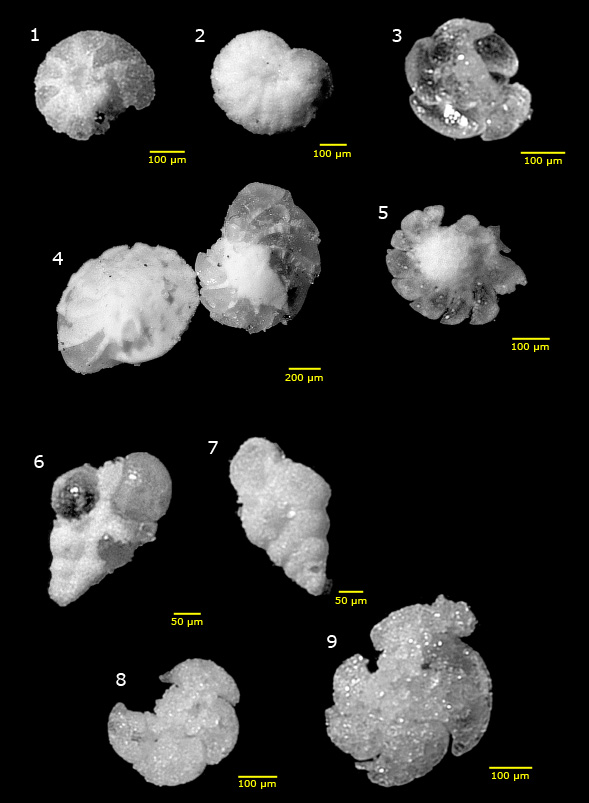
Even single-celled organisms got in on the fossil home game. Foraminifera – microscopic marine protists – often colonized the interior surfaces of larger shells, creating their own tiny calcium carbonate tests (shells) within the protective walls of their fossilized hosts. These mini-shells within shells represent some of the most delicate and intricate fossil preservation known to science.
The diversity of foraminifera found within fossil shells is staggering – sometimes dozens of different species can be identified from a single specimen. Their presence helps paleontologists reconstruct ancient ocean temperatures, salinity levels, and even depth conditions where the original shell-building organism once lived.
Coral Polyps: Building Cities Inside Ancient Shells

Some of the most spectacular examples of fossils becoming homes for other species come from coral polyps that colonized empty mollusk shells. These tiny animals would build elaborate calcium carbonate skeletons inside the shells, sometimes completely filling the interior space with branching coral structures.
The result is a fossil within a fossil – a mollusk shell packed with prehistoric coral growth. These specimens are like geological Russian dolls, revealing layer upon layer of ancient life. The coral growth patterns can tell us about seasonal changes in ancient oceans, providing a prehistoric calendar written in stone.
Trace Fossils: The Evidence Left Behind

Not all fossil inhabitants left their actual bodies behind – many left only traces of their presence in the form of burrows, scratches, and chemical signatures. These trace fossils, called ichnofossils, provide crucial evidence of ancient behavior and ecosystem interactions that would otherwise be lost to time.
Some of the most intriguing trace fossils are the tiny scratches and grooves left by scavenging organisms that fed on decaying organic matter inside shells. These feeding traces, combined with analysis of mineral deposits, can reveal entire food webs that existed within these microscopic fossil ecosystems. It’s like reading the diary of ancient marine communities written in scratches on shell walls.
The Chemistry of Fossil Transformation
The process of turning shells into homes for other species wasn’t just biological – it involved complex chemical changes that created new environments within fossilized structures. As organic matter decomposed and minerals precipitated, the interior chemistry of shells could become dramatically different from the surrounding sediment.
These chemical microenvironments attracted specific types of organisms that thrived in particular pH conditions or mineral concentrations. The fossilized evidence of these chemical processes includes unusual mineral formations, color changes, and even preserved organic compounds that tell us about the biochemistry of ancient ecosystems.
Modern Analogues: What We See Today
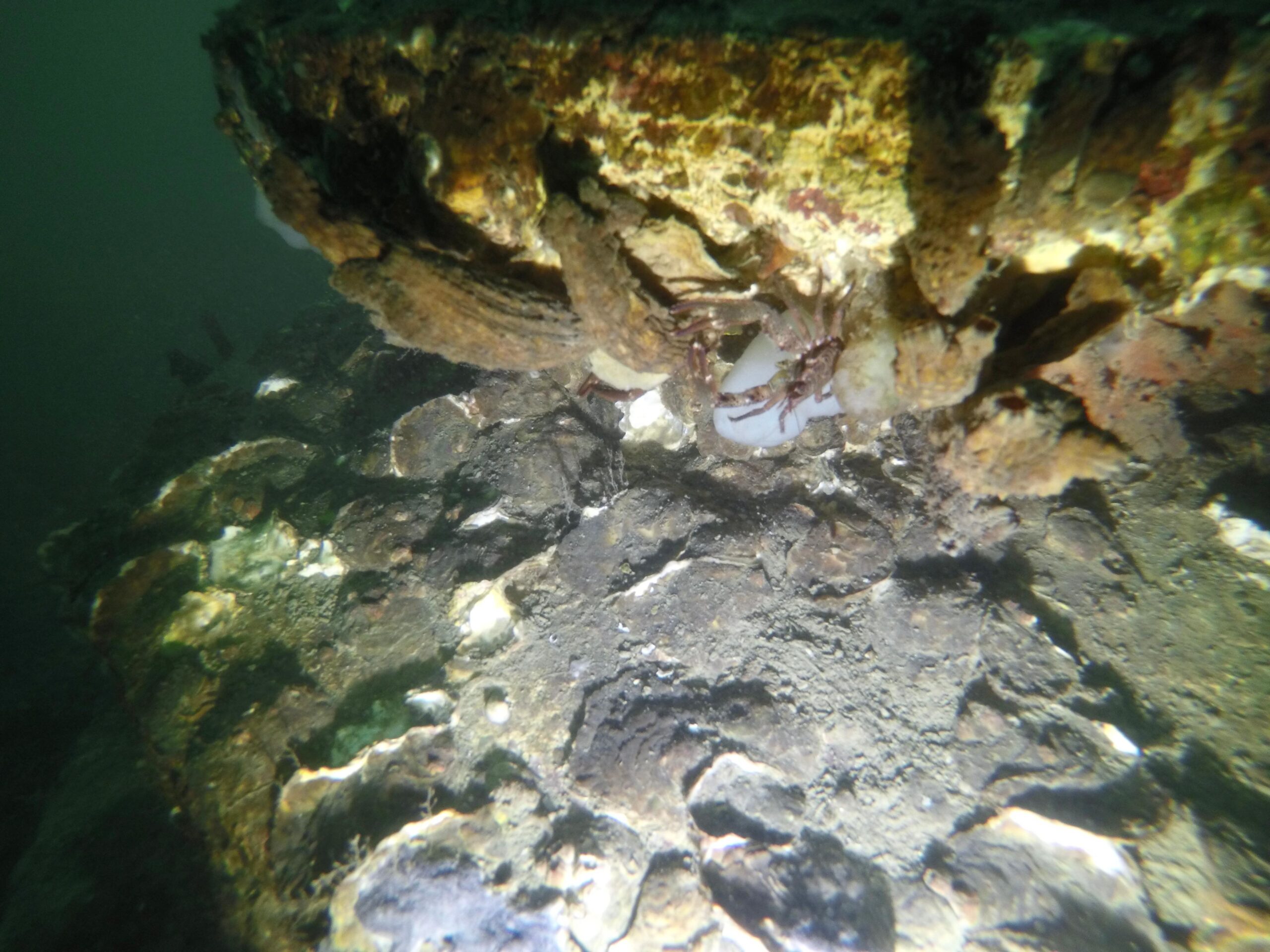
To understand how fossils became homes for other species, scientists study modern marine environments where similar processes are happening right now. Empty shells on today’s ocean floors quickly become colonized by a diverse array of organisms, from bacteria to small invertebrates.
These modern observations help paleontologists interpret ancient fossil assemblages and understand the ecological processes that created the complex fossil communities we see in the rock record. It’s like having a window into how prehistoric ecosystems functioned, using today’s oceans as a guide to understanding ancient seas.
Advanced Imaging Techniques Reveal Hidden Secrets
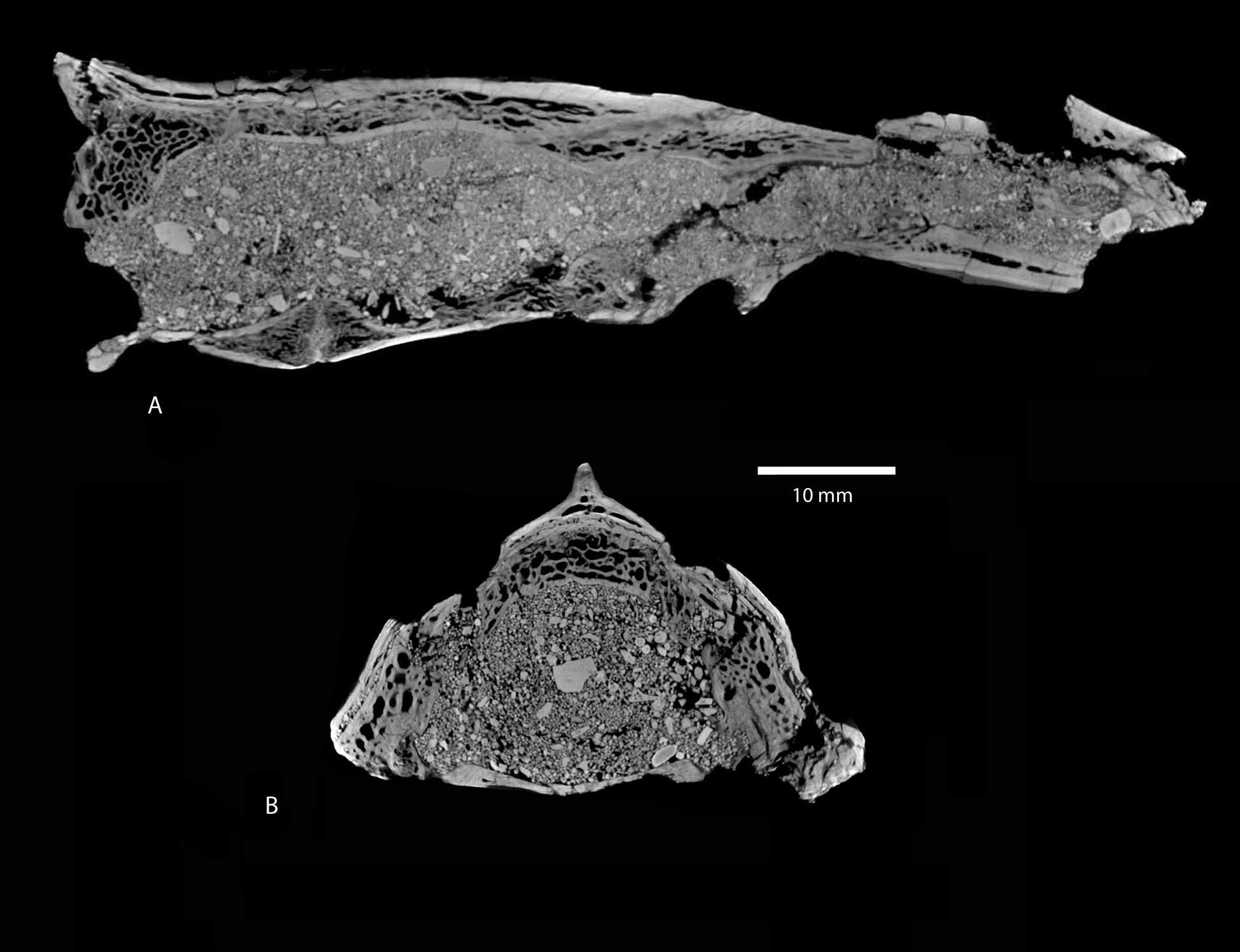
Modern paleontology has been revolutionized by advanced imaging techniques that can peer inside fossils without destroying them. CT scanning, electron microscopy, and synchrotron radiation have revealed incredibly detailed views of fossil communities that were completely hidden from earlier researchers.
These techniques have shown that fossil shells often contain far more complex ecosystems than anyone previously imagined. Three-dimensional reconstructions of fossil interiors reveal intricate tunnel systems, delicate biological structures, and spatial relationships between different species that lived together millions of years ago. It’s like having X-ray vision for prehistoric life.
The Ecological Significance of Fossil Reuse

The colonization of fossil shells by other species represents one of nature’s earliest examples of resource recycling and habitat creation. These ancient ecosystems demonstrate that the principle of “waste not, want not” has been operating in marine environments for hundreds of millions of years.
Understanding these fossil communities helps us appreciate the interconnectedness of ancient ecosystems and the importance of hard substrate availability in marine environments. The shells that became homes for other species created biodiversity hotspots in prehistoric oceans, concentrating life in ways that increased ecosystem complexity and stability.
Implications for Understanding Ancient Biodiversity

The discovery that fossils regularly served as homes for other species has profound implications for how we understand ancient biodiversity. Traditional fossil counts that focus only on primary shell-building organisms may dramatically underestimate the true diversity of prehistoric marine communities.
When we account for all the cryptic species living within fossilized shells, the biodiversity of ancient oceans appears far richer and more complex than previously thought. This hidden diversity represents a significant portion of prehistoric life that has been overlooked in many paleontological studies. Each fossil shell is potentially a time capsule containing dozens of species rather than just one.
The Future of Fossil Community Research
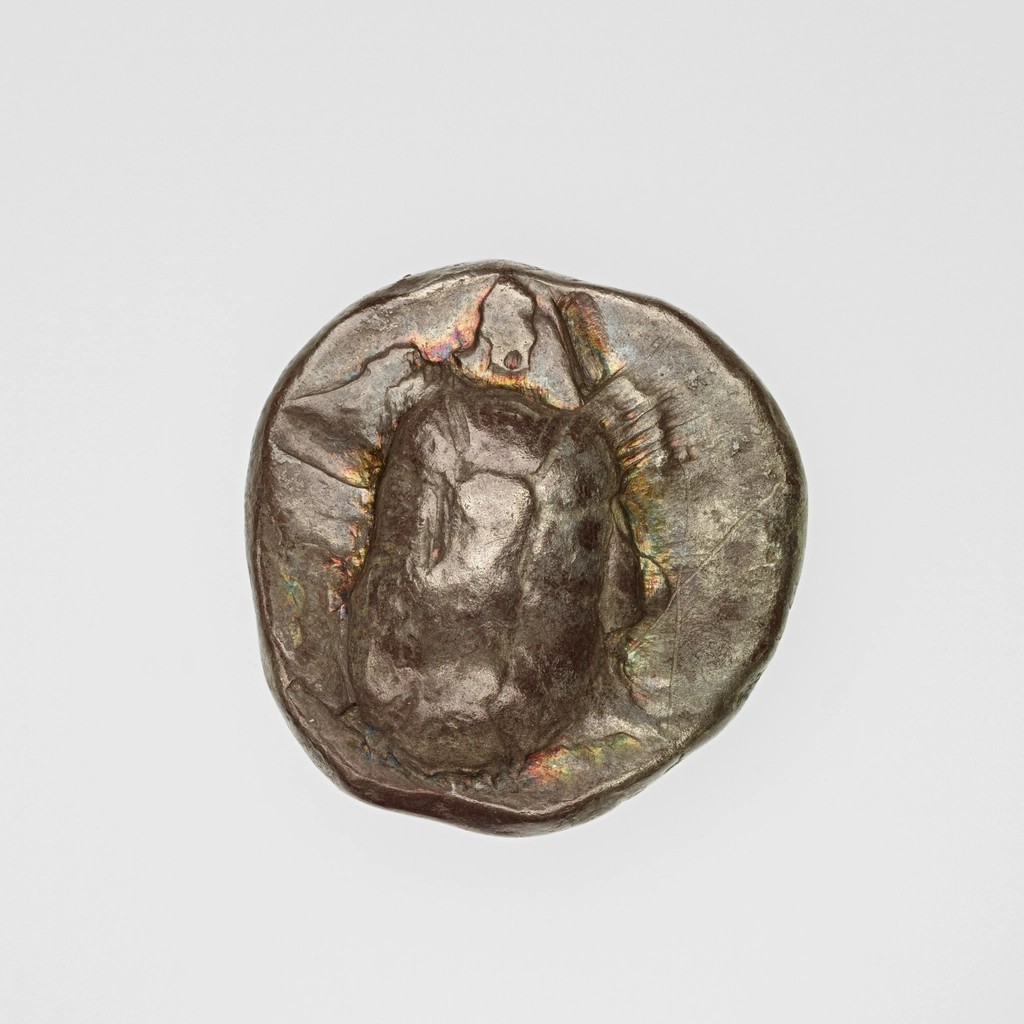
As technology continues to advance, our ability to study fossil communities within shells will only improve. New analytical techniques are being developed that can identify organic molecules, trace elements, and even genetic material from these ancient ecosystems.
Future research will likely reveal even more complex relationships between fossil inhabitants and their shell homes. Scientists are working on techniques to reconstruct the three-dimensional structure of these communities in unprecedented detail, potentially allowing us to understand not just what lived in fossil shells, but how these organisms interacted with each other and their environment.
The next time you hold a fossil in your hands, remember that you’re not just touching the remains of a single ancient creature – you’re holding an entire prehistoric ecosystem. These fossilized shells served as apartment buildings, nurseries, and safe havens for countless species that found new life in the shells of the dead. The fossil record isn’t just about individual organisms – it’s about communities, relationships, and the endless creativity of life in finding new ways to survive and thrive. What other secrets might be hiding inside the fossils in your collection, waiting to be discovered?



